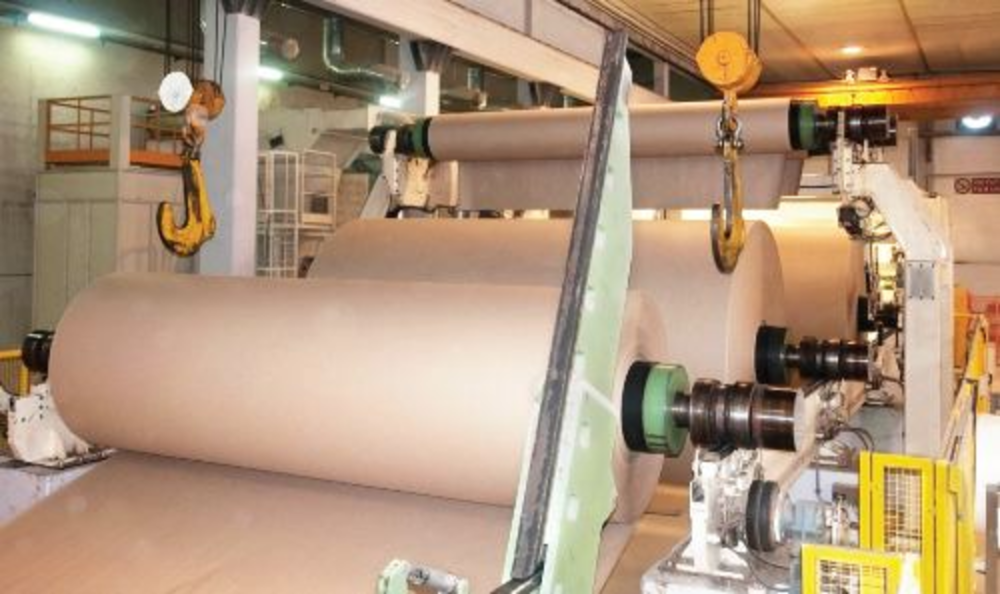Direct marketers and catalogers are preparing to face paper cost increases this fall, while also planning for a possible significant postal rate increase in January.
Marketers say volatility in the paper market in recent years, due to economic instability, has made it difficult for them to project costs from one year to the next. Many marketers are facing paper price increases of as much as $3 per 100 pounds this fall, on top of prior hikes in April and July, according to notices from paper mills and industry experts.
The increase means a 7% to 10% cost increase for buyers, depending on the mill and type of paper.
“Every increase changes our plans, and we no longer do long-term paper company contracts,” said Ashton Harrison, owner of Shades of Light, a home decorating goods cataloger. “I no longer run my business the way I did five years ago. If you told me before that I’d run a business like this, it would scare me.”
Harrison said her company produces seven drops a year totaling just fewer than 2 million catalogs, half as many as six years ago.
“It’s still an effective channel [to mail] but it costs too high a percentage of our sales,” she said. “It costs us more to mail our marketing pieces than it does to ship our goods to our customers.”
Harrison said that 10% of her company’s sales revenue goes toward postage expenses, up from about 8% six years ago.
“This is not good news for catalogers,” said Hamilton Davison, president and executive director at the American Catalog Mailers Association. “They’re going to get a postage increase that’s six-times the rate of inflation and a paper cost increase that is nine times the inflation rate [for the year].”
Paper mills are raising prices due to both less supply and greater demand for paper among customers, a category that includes both marketers and printers, according to industry experts.
“Much of the increase is just getting paper prices back to a more normal level. With this third increase now announced, we’ll have seen a significant increase in paper costs since January,” John Maine, VP of world graphic papers at RISI, an information and analysis resource organization for the paper industry, who noted that prices dropped last year. “Paper prices for 2010 will still be below 2009’s average by 3%.”
The increased demand is a result of not only more catalog printing, but widespread closures and machine shutdowns among paper manufacturers. Numerous midsize North American companies have either decreased capacity or gone out of business in the past year, accounting for less than 700,000 tons of coated paper output capacity for the year.
Paper price increases could prove costly for mills in the long run, according to Dan Walsh, VP of publication and catalog papers at Bradner Smith & Company, a paper merchant company.
“I really empathize with the mills who have had such a hard time in our dour economy, but I also see my clients, catalogers and publishers, who are doing whatever they can do to survive. These increases, while necessary for the mills, are forcing direct marketers to make changes which, in turn, will hurt the mills,” Walsh said.
Harrison said that prospecting once accounted for 75% of all catalog mailings, but her company has now replaced a significant portion of that with online ads and search engine optimization.
However, it is unlikely that marketers will move away from catalogs and direct mail en masse.
“Generally speaking, today’s marketer is most successful with a data-driven multichannel marketing strategy,” said Paul Imbierowicz, SVP of strategy and planning at Epsilon Targeting. “For many of our catalogers, they are so heavily focused on direct mail and their consumers have a strong preference for this channel, it will be hard to make the shift to digital.”








